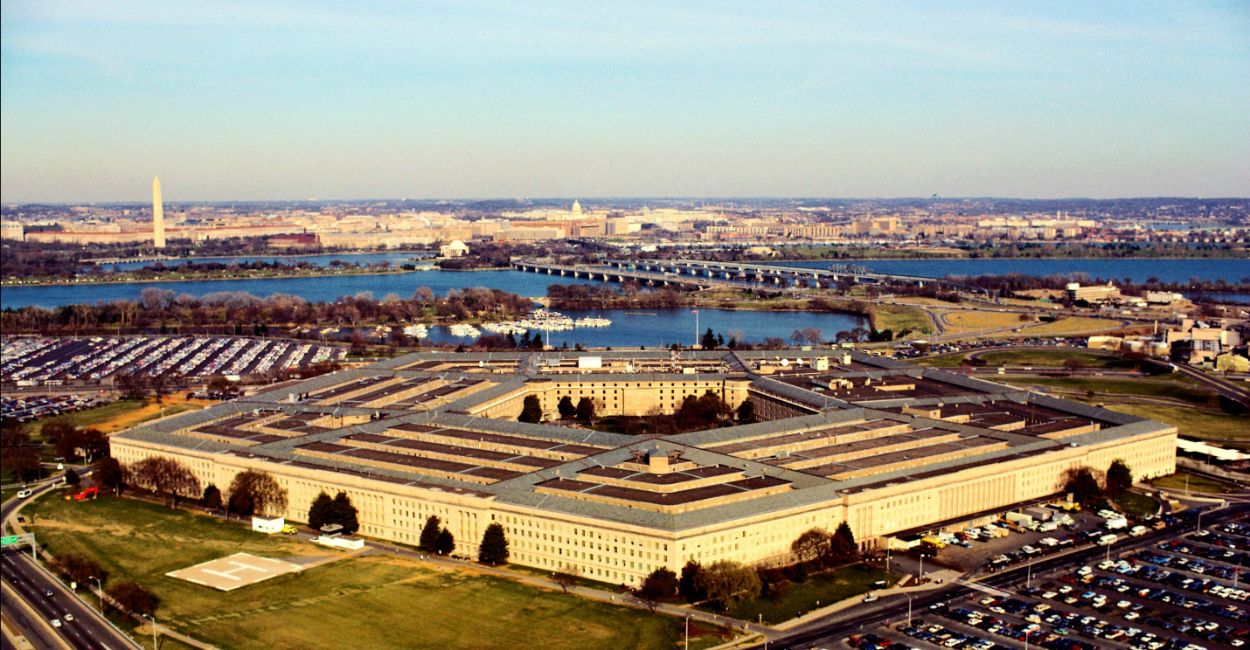The overall security situation in Afghanistan deteriorated in the second half of 2015, with an increase in insurgent attacks and higher casualties among both Taliban and national forces, a Pentagon report stated Tuesday.
This month marks a year since the US- and NATO-led mission in Afghanistan transitioned into an Afghan-led operation, with allied nations assisting in training and equipping local forces to tackle Taliban and other groups in the war-torn nation.
“The Taliban have remained active in their traditional strongholds, namely in Helmand in the south and Logar and Wardak in the east, and also created a sense of instability for brief periods of time in other parts of the country, such as in Kunduz in northern Afghanistan,” the Pentagon’s semi-annual report to Congress stated.
The Taliban takeover of Kunduz — widely reported in the Western media because of a deadly US air strike on a hospital — was a stinging blow to the country’s security forces.
Though Afghan forces backed by US aircraft and NATO soldiers eventually drove the Taliban out, observers were alarmed to see the speed and efficacy of the Taliban push and wondered if Afghanistan was on the brink of a security collapse akin to that in Iraq and Syria last year at the hands of the Islamic State group.
Already, US President Barack Obama has backtracked on a pledge to pull out all but 1,000 troops and in October announced that 9,800 US forces would remain in Afghanistan until the end of 2016.
Obama’s decision recognized Afghan forces “will require more time and assistance to develop into a capable, credible and independent force that can protect the Afghan people and contribute to regional and international security,” the report stated.
It added that the insurgency remained “resilient” but also highlighted some relative successes on the part of Afghan forces.
“The Afghan government remains in control of all major population centers and continues to deny the Taliban strategic ground throughout the country,” it said.









